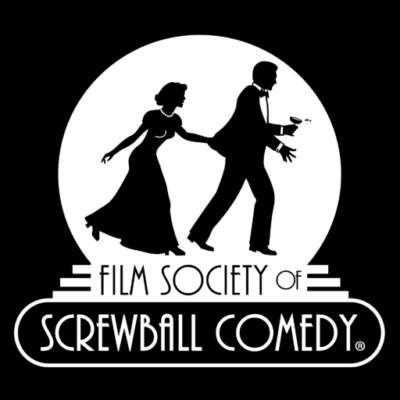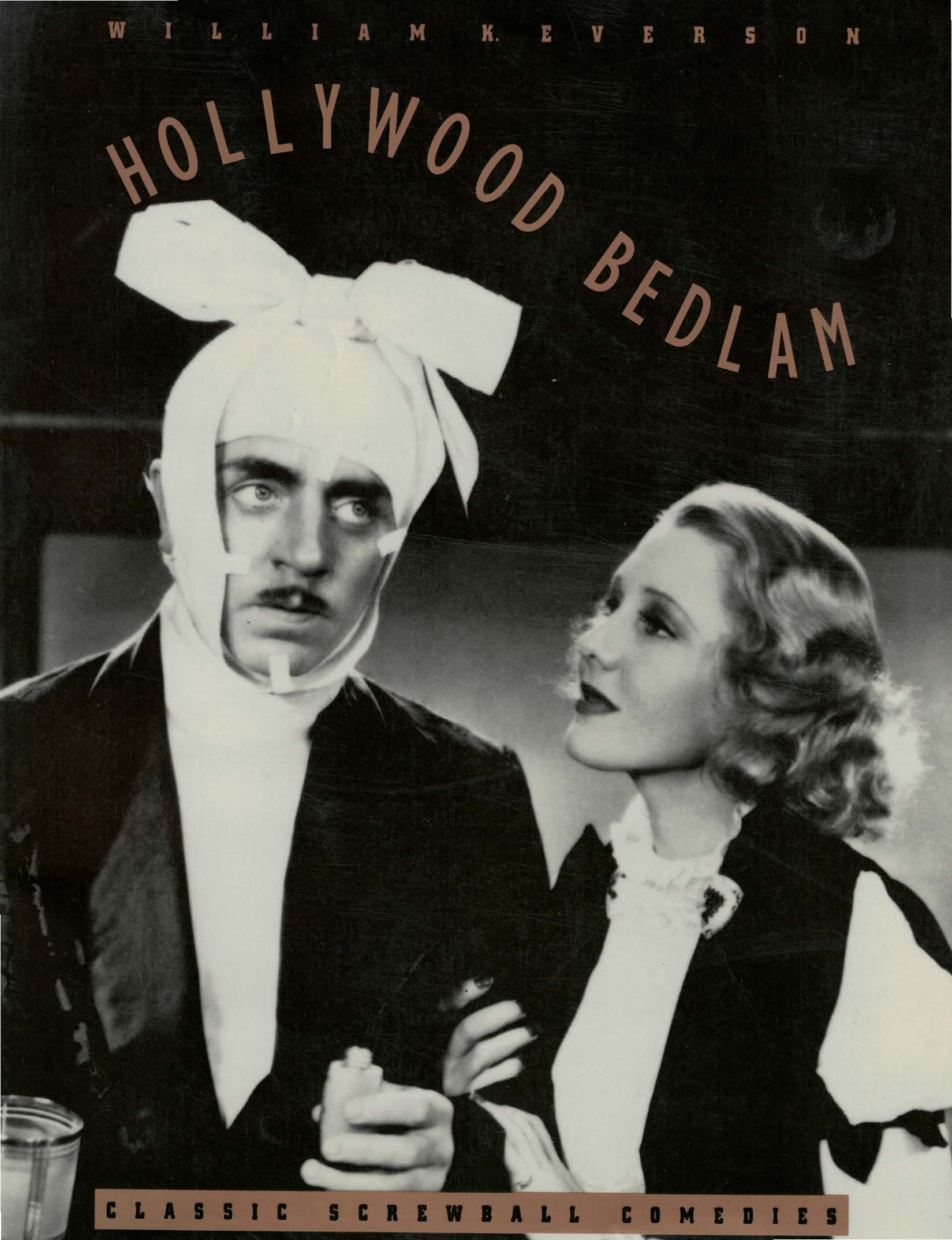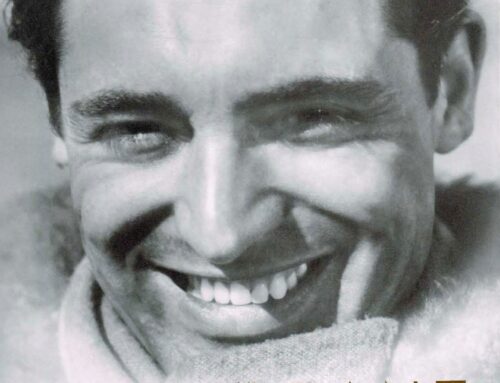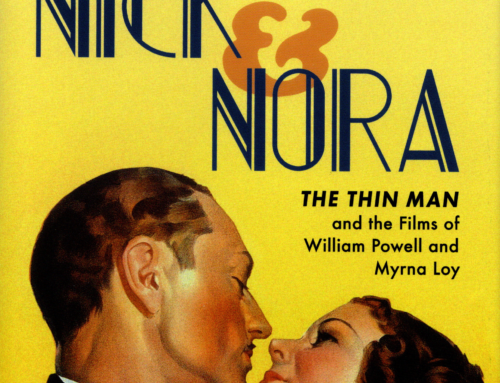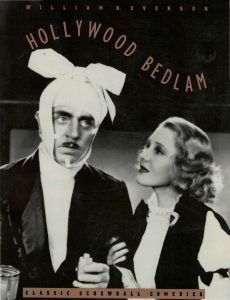
HOLLYWOOD BEDLAM, CLASSIC SCREWBALL COMEDIES (1994) William K. Everson
Hollywood Bedlam surveys classic screwball comedies, first tackling the definition of screwball. Expert opinions differ on its definition, and as of the book’s publication in 1994 film schools did not even consider screwball a genre (Hollywood Bedlam, p.12). Screwball’s origins lay in two seismic events in the 1930s: the Great Depression, and the enforcement of the Production Code censoring movies. Everyone agrees that all classic screwball comedy films have great satire, a battle of the sexes, physical lunacy and no sacred cows. Screwball peaked in 1937, with The Stand In, The Perfect Specimen, The Awful Truth, Live, Love & Learn, Second Honeymoon, It’s Love I’m After.
Mr. Everson contends that screwball films are of their time, and therefore are dated and disappoint contemporary first-time viewers. He suggests that having background in the 1930s events will help first time viewers. After summarizing the silent film era,
Hollywood Bedlam catalogs key screwball films of the 1930s and 1940s, B-films, and beyond, all punctuated with copious photographs and poster art.
Mr. Everson considers the difficulty is making a screwball comedy in the current era without censorship, and marvels at indispensable still photos in promoting comedies, now extinct. A gallery of headshots the “Screwball Family” stock players completes the book. Unfortunately, the book lacks an index or detailed Table of Contents.
An excerpt:
The majority of screwball comedies of its peak period hit back at the conventions and sexual restraints of the polite new comedies and portrayed individuals—usually women—challenging and rising above those conventions, sometimes by being tougher and more efficient than their male counterparts (Rosalind Russel vis-à-vis Cary Grant in His Girl Friday) or even without a sense of direct male competition. In Theodora Goes Wild (1936), Irene Dunne is an apparently respectable girl who shocks everybody writing a sexy novel. … Since the Code comedies couldn’t admit to the existence of sex, particularly among unmarried couples, exaggerated comic violence frequently took its place—as in Nothing Sacred (1937) wherein Fredric March slaps, buffets, and kicks Carole Lombard before knocking her out cold. (Hollywood Bedlam, pp. 16-17) Aliece Pickett
TABLE OF CONTENTS
One: A Definition and a Survey
Two: The Silent Years
Three: The Thirties
Four: Ancestors and Descendants of It Happened One Night
Five: The Thirties—A Last Look
Six: The Forties
Seven: The Bs
Eight: Individual Films of the Forties
Nine: Peak, Decline, and Fall
